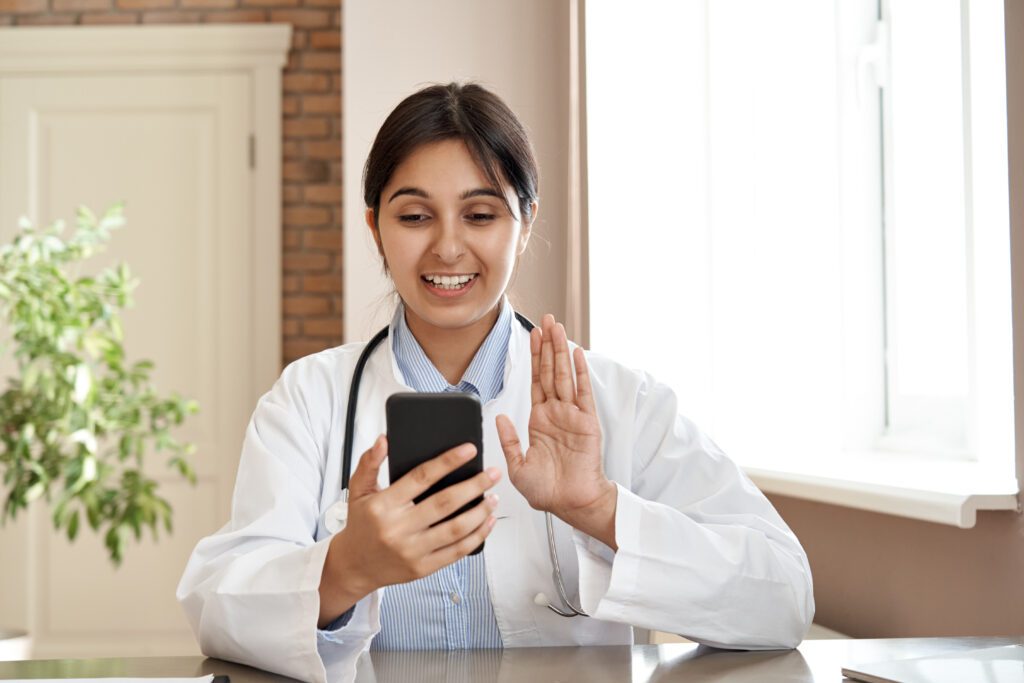The COVID-19 pandemic necessitated the rise of remote healthcare, and with that came plenty of new vocabulary to describe new methods of care. Words like “telehealth” and “remote monitoring” are becoming more commonly used, and many may feel they have a basic understanding of what they mean. But, what do they actually mean? It’s important for practitioners and patients alike to clarify and understand their meaning to avoid confusion and ensure high-quality care is delivered using remote methods.
Here now is a quick primer on some of the new, popular terms coming up in the world of medicine.
Connecting to Patients Through Telehealth
Tele is a common prefix for most people, especially if they use a telephone or watch television, or are engaged in a teleconference. It refers to using electronic signal technology to transmit communication across great distances. And in this sense, Telehealth is the next big benefit to treating people anywhere.
Telehealth allows medical professionals to connect with a patient via technology, which allows the patient contact with a healthcare provider they otherwise would not be able to reach, quickly, or at all. It can refer to hardware that has built-in software, specifically designed to reach the doctor; or it can refer to individual apps created to cater to various types of devices. Regardless of the medium, telehealth allows clinicians to diagnose and treat patients, without the need for an in-person visit.
Improving Treatment Through Remote Monitoring
Remote monitoring takes telehealth a step further. While still focused on care through technology, remote monitoring also allows for enhanced patient data collection. Made possible through hardware and software integrations, remote monitoring can help clinicians make more actionable changes to a patient’s care based on changes in health status. For example, the equipment can be used to monitor a patient’s heart rate or blood sugar, without the need for an in-person checkup. Patients can track changes in vitals, and report them to their care provider who can make more informed decisions.
Closing the Gap With Remote Patient Management
Remote patient management incorporates similar tools to remote monitoring. Both practices involve a data-driven approach to patient care, relying heavily on the collection of a patient’s vitals. However, remote patient management differs in the delivery of care. The solution allows real-time changes to a patient’s care and even provides automated resource prompts and care plan updates based on changes in a patient’s condition. Remote patient management also places more emphasis on patient involvement for improved care. With applications like aTouchAway, patients have increased access to relevant resources, communication tools, and metrics to outline personal progression. In short, it is the utilization of patient data and enhanced patient experience that sets remote patient management apart.
Terms Used for Virtual Patient Care

Telehealth, remote monitoring, remote patient management. Though different in definition, these terms are all part of a larger movement toward enhanced patient care. Telemedicine solutions are breaking down the physical and financial barriers of healthcare, allowing for a more complete care experience for patients, regardless of their circumstances. As the adoption of these solutions continues to grow, terms that may have been unfamiliar before will soon become commonplace within the healthcare industry.
Thank you for reading. To stay up to date on current healthcare topics and news about Aetonix, subscribe to our mailing list at the bottom of our blog page. Connect with us on social media using the links at the bottom of this page and share your thoughts!



